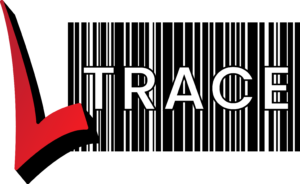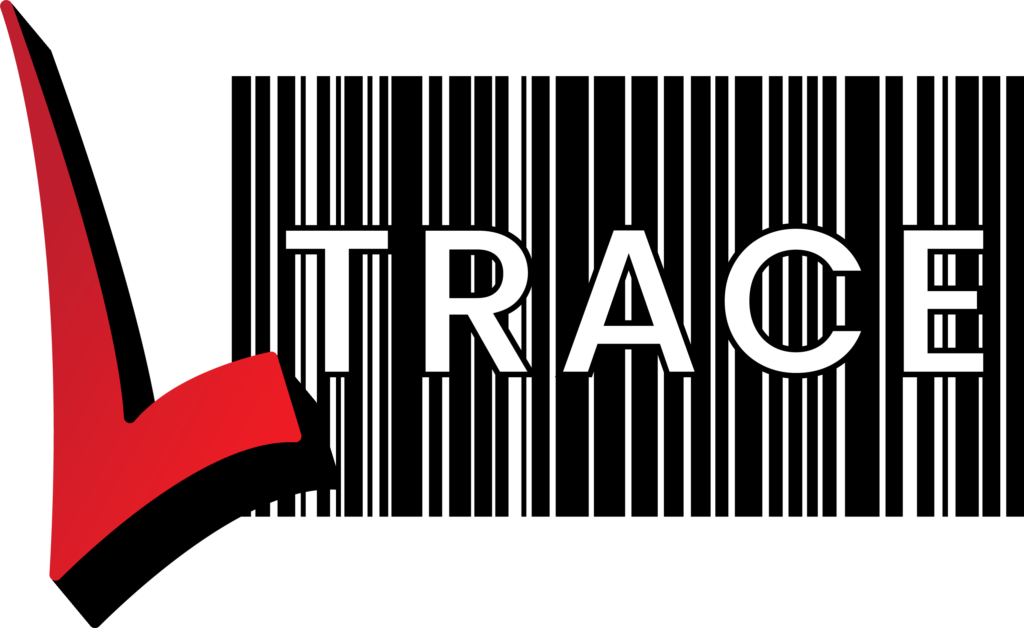Frequently
Asked Questions
Benefits
What are the biggest benefits of a tracking system for CSSD?
One of the largest and most immediately obvious benefits is that you’ll never have to waste time searching for items when you need them. Some other benefits of CSSD include:
- Photos of items assist in processing.
- Count sheets automatically printed.
- Easy access to instructions avoids common mistakes.
- Fast alerts and warnings to ensure items are correctly processed.
- Visibility as to what is in a steriliser or washer.
- Instant reports
What are the biggest benefits of a tracking system for theatre?
Similar to CSSD your ability to track and find items will be an enormous benefit to your theatre staff especially for emergency surgeries where time is of the essence quickly and efficiently.
LTrace will also help you strengthen communication between the CSSD and the theatre. LTrace allows you to attach notes, instructions, and questions to instruments that will be seen when scanned (e.g., “Please send x off for sharpening” or “Please ask the surgeon to check x”).
That being said LTrace won’t make a significant difference for most procedures. The goal is for the system to impact theatre as little as possible while giving everyone the maximum possible benefits.
What are the biggest benefits of a tracking system for infection control?
Although we want to avoid any infections before they happen it’s important to have a strong procedure in place in case. LTrace will help you answer any questions you have about the origin of the infection and how it might have spread through your instruments and patients. Questions like:
- which patients used these items before or after this patient?
- which patients used items from this batch?
- What items are common between these patients?
Installation
How long will installation take?
Installation times can vary widely but a few factors will help you determine how long it might take:
- The number of instruments that are in circulation.
- How accurate your current records are on what you have?
- How much information do you want to record including photos and instructions?
Our team will let you know all the information you’ll need to collect beforehand. Once we have it the software can be installed relatively quickly with all of your data imported. There are some other steps that will take additional time such as bar coding or etching on instruments (it is possible to have the system operational while barcoding trays and instruments are being made) so it’s important to take that into consideration when you’re constructing a timeline.
Check out this article to get a better idea of our stages of installation.
How many visits will it take?
We have found that staggering the installation over a number of visits gives you the time required to complete each stage before moving on to the next.
During the first visit, we will work with you to create a hierarchy of items and we may start to import your database of trays and instruments into the software. At this point, you will need to begin to barcode as many items as possible.
In the second visit, we will help you to start printing the external labels and show you how to scan them into sterilisers. The Third visit is often similar, but we may focus on the theatre and/or stores instead. The final visit will include commissioning decontamination and other features.
IT Help
What database engine does LTrace use?
LTrace has installed SQL Server but for a smaller installation, the free version is also possible. It’s important to note that this version is not for more than 4 PCs. For larger installations, your IT department may already have an SQL Server onsite. But you can alternatively use third-party data warehouses to host the server. We can provide you with advice and assistance for the database installation and maintenance.
What is the maximum number of users?
As far as applications go LTrace is considered ‘Light’ because it places very little on the server or network and can support thousands of users at a time. The main limitation will likely be your database server. We can provide advice on the best server configuration available.
What barcode scanners are available?
If price is a major factor in which scanner to buy models that are permanently connected to the PC will be a good option. This will be similar to the ones used in many clothing retail outlets.
Our recommendation is to use a Bluetooth scanner which will eliminate the need for a cable and allow you to bring the scanner to the item rather than the other way around. This Bluetooth scanner can usually transmit up to 80m from the PC.
Where a PC is not an option, a handheld PDA scanner will soon be available.
How many label printers will I require?
In each CSSD we recommend the following:
- One printer to make labels with a steriliser indicator strip for sterilised items
- One printer to make labels without an indicator strip for sterilised, decontaminated only and stock items (optional)
- One permanent printer to print barcodes if etching is not used.
- One laser printer to print the count sheets
It is possible to have just one label printer if the indicator strip is not required. An existing laser printer will probably be used. You may need additional printers where multiple staff are packing at once.
Can the software be installed on terminal servers?
Yes. You will need the server to provide support for the barcode reader. It also must have access to the database server.
Price
How much?
Size and Complexity of installation will have the biggest impact on the price of LTrace. The amount of customised software development will help LTrace make your facility as effective as possible but may also impact the price of installation. In many instances, we will also recommend that you make some changes to your layout or workflow. At the end of the day, LTrace is an extremely cost-effective solution that will save you valuable time, effort and stress in your day-to-day procedures as well as help you with your monthly and annual reporting.
Here are some examples of the installation prices:
- A small dental practice or GP in Sydney: Full installation will start at about $5,000.
- A large hospital with custom features: may be over $100,000.
We won’t go as far as saying “no job too big or small” because there are some jobs that are too small, and we try to limit the number of large jobs that we will do at any one time.
What is the ROI?
Somebody once said, “You don’t buy a tracking system to make you money”. In one sense, a tracking system is a compliance system its not intended to have a return on investment, It’s an overhead cost.
However, at the same time, we firmly believe that a good tracking system should make life simpler for you, especially in CSSD. You should expect shorter training times, less time wasted searching for items, faster reporting, reduced time printing count sheets and many other small time savers. In private hospitals, the ability to accurately invoice a patient or surgeon the true sterilisation cost is a huge benefit. In most hospitals, the cost of sterilisation is typically buried in overheads or allocated based on a totally inaccurate method such as time in surgery. LTrace ensures that patients or surgeons are only charged for what they use.

